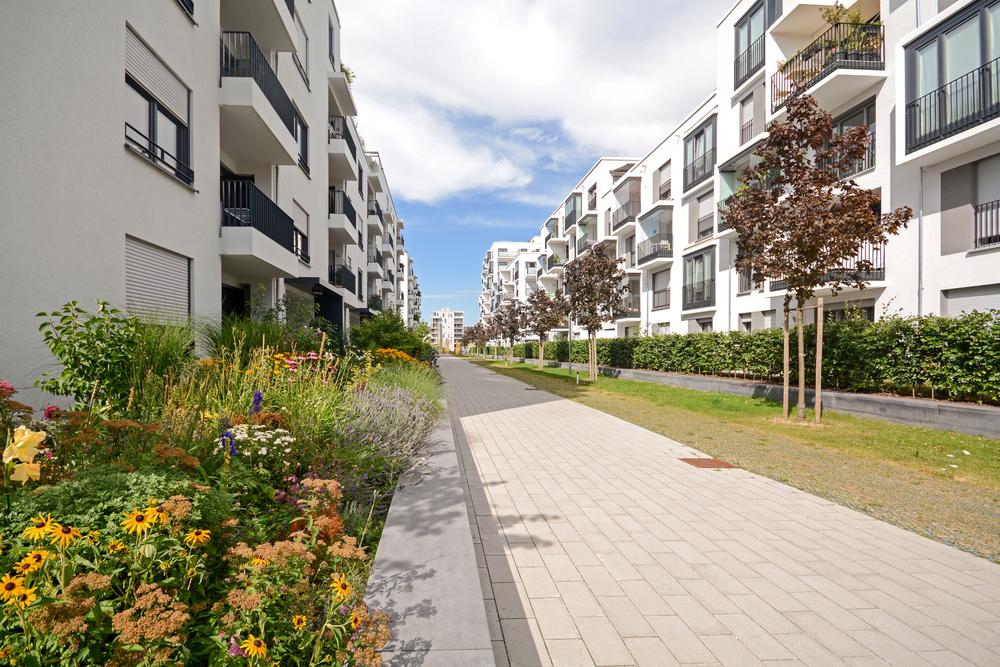Central Region Office Rents Experience 17% Dip in 1Q2024, Breaking Nine Consecutive Quarters of Growth
Introduction: Understanding the Shift in Central Region Office Rents
The Central Region of any city often serves as a barometer for economic activities, particularly in the commercial real estate sector. In the first quarter of 2024, however, a notable shift occurred as office rents in Singapore’s Central Region experienced a surprising downturn. This significant dip of 17% marks a stark reversal from the consistent growth observed over the past nine consecutive quarters.
Bagnall Haus condo floor plan on a 69,563 sq ft site, Bagnall Haus is positioned to redefine modern living along Upper East Coast Road, zoned for residential use with a gross plot ratio of 1.4 under the 2019 Master Plan.
Factors Influencing the Downturn
Impact of Global Economic Uncertainty
The global economic landscape has been riddled with uncertainty, driven by factors such as geopolitical tensions, trade disputes, and fluctuating commodity prices. Such instability often prompts businesses to reassess their real estate needs, leading to fluctuations in demand and subsequently, rental prices.
Emergence of Remote Work Culture
The widespread adoption of remote work practices, accelerated by the COVID-19 pandemic, has reshaped the dynamics of office space utilization. With more companies embracing flexible work arrangements, the demand for traditional office spaces has dwindled, exerting downward pressure on rental rates.
Shift in Tenant Preferences
Tenants are increasingly prioritizing cost-effectiveness and flexibility in their real estate decisions. This has led to a growing preference for co-working spaces, serviced offices, and decentralized locations, challenging the traditional office leasing model prevalent in the Central Region.
Supply Dynamics
The increase in office supply, coupled with a slower pace of demand growth, has contributed to an imbalance in the market equilibrium, tilting the scale in favor of tenants. Landlords are now compelled to offer competitive rental packages and incentives to attract and retain tenants amidst intensifying competition.
Impact on Commercial Real Estate Landscape
Transformation of Landlord-Tenant Dynamics
The downturn in office rents has empowered tenants with greater bargaining power, prompting landlords to adopt more tenant-centric approaches. This shift necessitates landlords to be proactive in addressing tenant needs, enhancing service offerings, and providing value-added amenities to remain competitive.
Redefining Lease Structures
In response to evolving tenant preferences, landlords are reevaluating traditional lease structures and exploring innovative models that offer greater flexibility. Concepts such as shorter lease terms, shared spaces, and hybrid leasing arrangements are gaining traction as landlords adapt to changing market dynamics.
Revitalization Efforts
To revitalize the Central Region office market, stakeholders are embarking on various initiatives aimed at enhancing the attractiveness of commercial properties. This includes upgrading building facilities, incorporating sustainable design elements, and curating vibrant mixed-use developments to create a conducive environment for businesses.
FAQs (Frequently Asked Questions)
- What Caused the Downturn in Central Region Office Rents?
- The downturn can be attributed to a combination of factors, including global economic uncertainty, the rise of remote work culture, shifting tenant preferences, and an imbalance in supply and demand dynamics.
- How Have Landlords Responded to the Decline in Rental Rates?
- Landlords have responded by adopting more tenant-centric approaches, redefining lease structures, and revitalizing commercial properties to remain competitive in the market.
- What Impact Has Remote Work Culture Had on Office Space Utilization?
- Remote work culture has led to a decreased demand for traditional office spaces, prompting tenants to seek cost-effective and flexible alternatives such as co-working spaces and serviced offices.
- What Initiatives Are Being Undertaken to Revitalize the Central Region Office Market?
- Various initiatives, including upgrading building facilities, introducing innovative lease structures, and curating vibrant mixed-use developments, are underway to revitalize the Central Region office market.
- How Has the Pandemic Accelerated the Shift in Tenant Preferences?
- The COVID-19 pandemic has accelerated the adoption of remote work practices, prompting tenants to prioritize flexibility and cost-effectiveness in their real estate decisions.
- What Challenges Do Landlords Face in the Current Market Landscape?
- Landlords face challenges such as increased competition, downward pressure on rental rates, and the need to adapt to evolving tenant preferences amidst changing market dynamics.
Conclusion: Navigating the Changing Landscape
The recent downturn in Central Region office rents underscores the dynamic nature of the commercial real estate market. As stakeholders navigate through these challenging times, adaptability, innovation, and a deep understanding of tenant needs will be crucial in shaping the future of the office leasing landscape. By embracing change and proactively responding to market shifts, both landlords and tenants can thrive in an evolving real estate environment.
